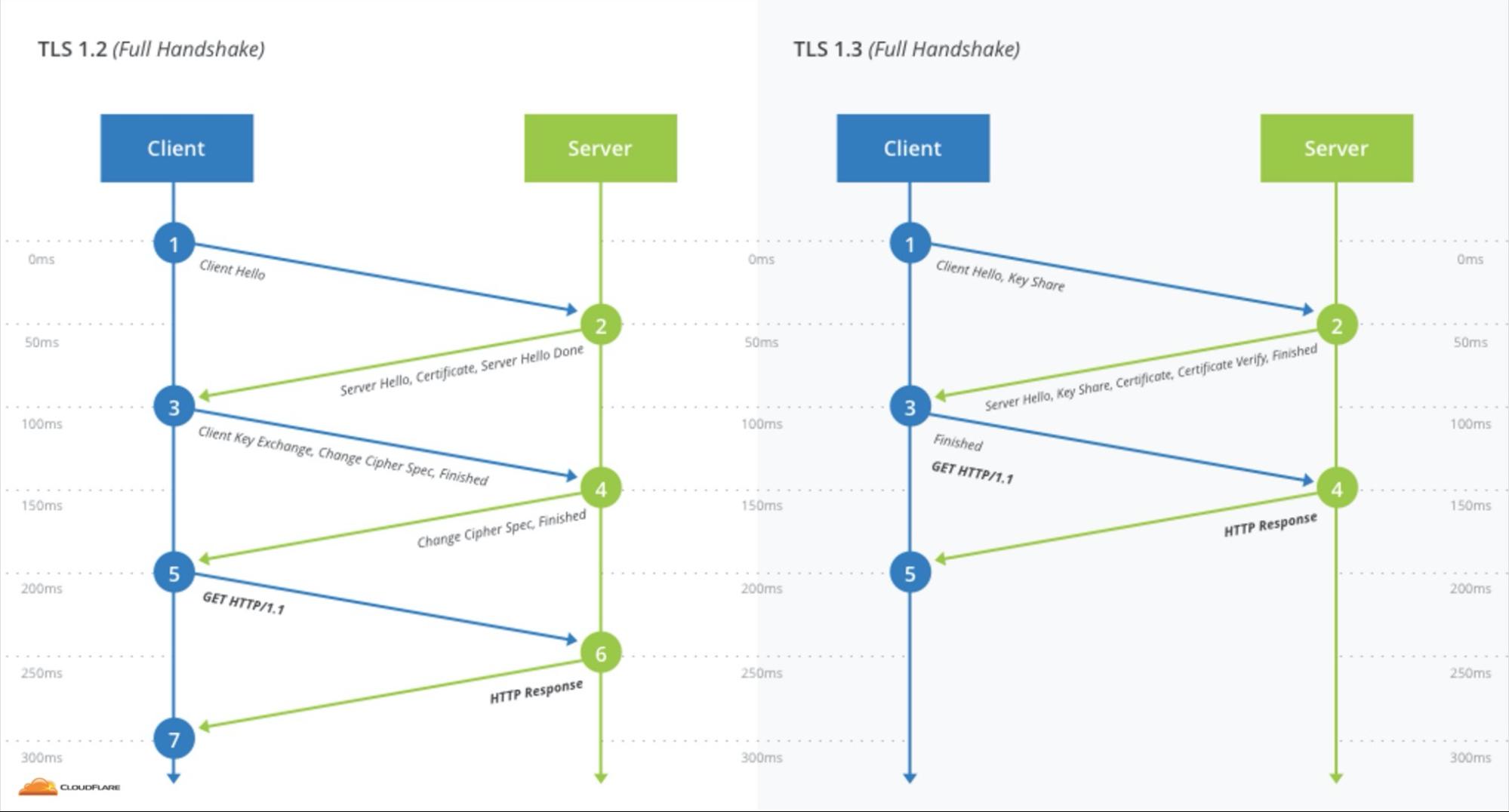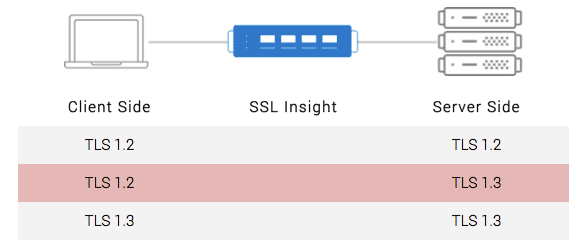

Take a look at the Major sponsors and see for yourself the list of companies that support them. Let’s Encrypt certificates that are easily installed, have major companies support, and a great community of people. We will learn how that works exactly a bit later on. It does mean that anyone that listens and intercepts your messages, won’t be able to see its content. Now, that doesn’t mean that your traffic cannot be listened to anymore. HTTPS solves the MITM attacks problem by encrypting the communication. Original participants of the communication might not be aware that their messages are being listened to. Its goal is to intercept the original messages both ways and hide their presence by forwarding the modified messages. Man in the middle represents any malicious party that inserts itself between you and the website you are communicating with. The problem that both Basic and Digest authentication cannot solve is the Man in the middle attack. In the previous part of the HTTP series, we’ve talked about different HTTP authentication mechanisms and their security flaws. HTTPS Encrypts Your Messages and Solves the MITM Problem

Why would you willingly go through the painful process of migration to the HTTPS just to secure the website that doesn’t need to be protected in the first place? And on top of that, you even need to pay for that privilege. If you own a website, you know it is crucial that it loads as fast as possible, so you try not to burden it with unnecessary stuff. If a website doesn’t serve sensitive data or doesn’t have any form submissions, it would be overkill to buy certificates and slow the website down, just to get the little green mark at the URL bar that says “Secured”. You might be thinking: “Surely not all websites need to be protected and secured”. There is a lot to cover, so let’s go right into it. Certificate and Certification Authorities.In this article, you will learn more about: This is the fifth part of the HTTP Series. Let’s learn how to secure our HTTP communication first. There are many aspects of Web application security, too much to cover in one article, but let’s start right from the beginning.

My email address was found on 4 different websites that were victims of a security breach. You can actually check that on Have I Been Pwned.

Many accounts were compromised and the chances are, at least one of those was yours 🙂 To name just a few prominent ones: Dropbox, Linkedin, MySpace, Adobe, Sony, Forbes, and many others were on the receiving end of malicious attacks. Many companies have been a victim of security breaches. If you followed along with the HTTP series, you are ready now to embark on a journey of HTTP security.


 0 kommentar(er)
0 kommentar(er)
